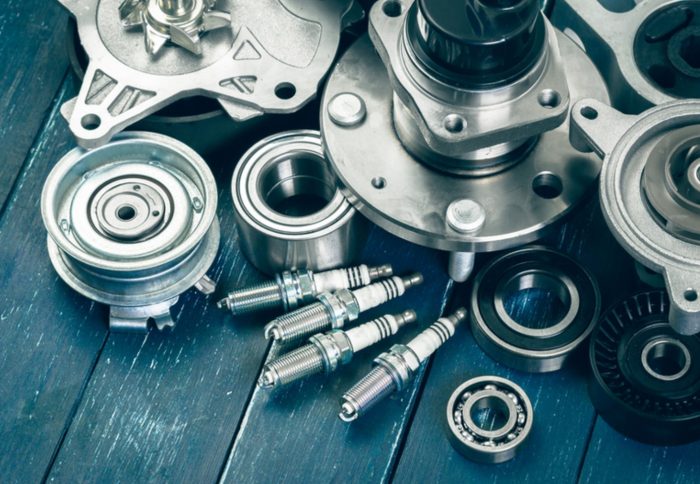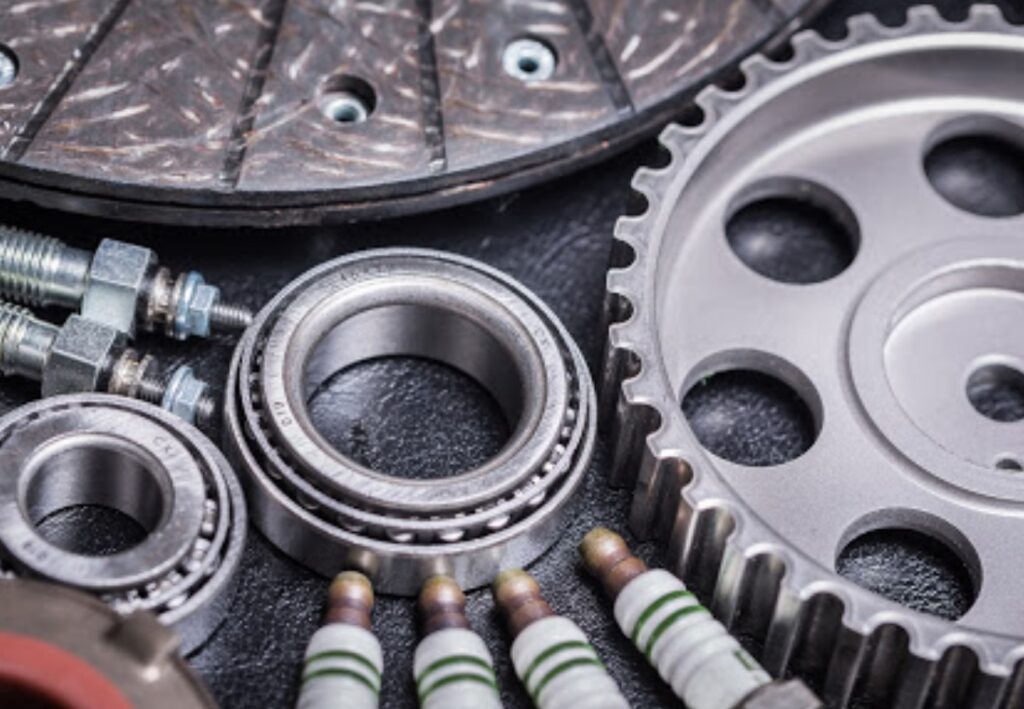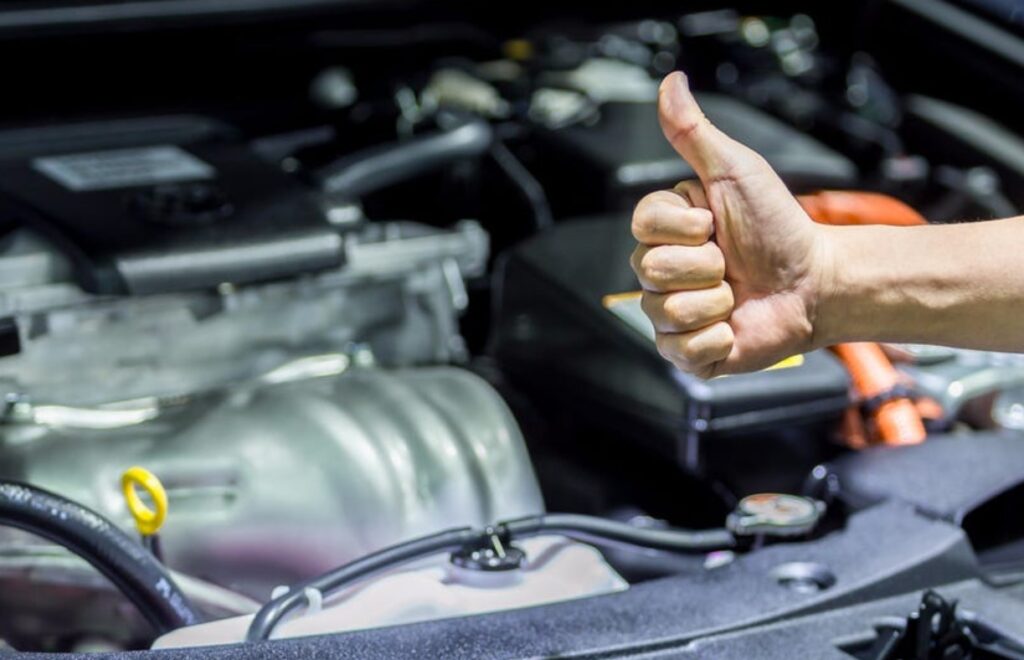
Car owners around the world know all too well what it feels like to constantly worry about the safety and the optimal condition of your dear vehicle. No matter what kind of a car you have, how old it is, and what you use it for, there is always that lingering feat that something could eventually need replacing. One cannot help but think that even if the car is brand new, as it is in our nature as human beings. Despite the fact how optimistic you generally are, you cannot deny thinking about some of the crucial parts of your vehicle needing repair or replacement, especially if it is a common thing for that particular thing to go wrong with the model you drive.
Cars in the U.S.

In the United States of America, it is estimated that there are around 300 million registered vehicles. This is a staggering number of cars, trucks, SUVs, and vans that potentially need a new part. Therefore, the auto parts industry in the country is a lucrative one so car dealers and junkyards are often working year-round to meet the increasing demands of customers.
However, things are not always as easy as calling someone and ordering a car part, or hopping online and having it delivered to your doorstep in a matter of days. Sometimes you have to go through a world of trouble just for one simple part. Depending on what you drive, a number of parts may either be very rare altogether or impossible to find in your corner of the world. If your last resort is to import cars, you are at the right place here we will talk about all things you need to know if you end up in such a situation. Read more about auto parts as well as to browse one of the largest collection available with more than 200 million different units.
Biggest Importer in the World

In 2018 alone, the United States of America imported about $160 billion in auto parts, almost a third of the whole sum coming from Mexico at $59 billion. China shipped $20.1, Canada $17.5, and Japan $16.1 billion in auto parts. Germany, Korea, Thailand, Taiwan, India, and Italy all shipped billions more. This by far means that the U.S. is the largest importer of car parts on the globe. However, most of this is related to car manufacturers, factories, businesses, and scrapyards. Only a minuscule percentage of this incredible sum is comprised of personal orders.
Americans have vastly different rules, laws, and regulations for different countries they import from. For example, the United States – Mexico – Canada Agreement (USMCA) from 1994 takes care of relations between these three countries, and it greatly reduced trade barriers and issues for these three North American countries and their shipping deals. From the American side, Canadians have reduced rates on their parts while Mexicans enjoy preferential trade benefits, as the agreement states. Effectively, there is no duty on the parts made in Canada and Mexico. When it comes to China, there are no reduced cost and duty rates. As a matter of fact, since 2019, there is a 2.5% tariff on most of the auto parts imported into the USA from China.
Import Tax and Bonds

Similar to Chinese parts, most other countries (excluding Canada and Mexico) have a tariff of 2.5%. Each item has a different, unique code under the Harmonized Tariff Schedule (HTS). You must use this to specify the duty of the car part you are importing. There are some exceptions to this near-universal tariff if the part is from a certain country of origin and for a certain vehicle type and model.
Regarding a customs bond, you will need one for the import of auto parts in two situations. The first happens if you wish to bring in parts that exceed $2,500 in worth, for commercial purposes. A stamp is also required if another federal agency regulates the items arriving in the United States. For example, most parts are regulated by the Department of Transportation, but engines are overlooked by EPA (Environmental Protection Agency).
The business needs surrounding your specific case dictate the type of bond you require. They can either be single entry bonds or continuous bonds. The former covers one-time importation while the latter covers the import of several throughout a single calendar year. Most businesses opt for the second option since they require a continuous import to meet the needs of their customers. Single entry bonds are based on the value of the items, duties, taxes, and fees. Continuous Bonds are usually 10% of all the duties, taxes, and fees that the importer paid the previous year.
Documents Required

Of course, in the world of bureaucracy like ours, there is a lot of paperwork to be filled out if you mean to import anything, especially for commercial (business) purposes. For auto parts to arrive safe and sound, you will need four such documents.
The first is the commercial invoice that has all the products, values, and numbers listed. It also gives all the needed information about the importer and the manufacturer.
The second piece of documentation is the packing list, an obligatory paper for any package. Each container has its own packaging list that describes the contents, the weight, and the dimension.
The bill of lading is practically the contract between the shipper and the carrier. It also details the contents of the whole shipment and serves as a receipt.
Finally, the arrival notice is issued once the package touches American soil. A U.S. agent issues this detailed document containing info on the arrival and anything else that the customs may require to clear it.
Conclusion and Takeaways

All in all, importing auto parts into the United States of America is not that difficult, but it is a nuisance that tends to give people anxiety and make them worry. Dealing with it on a daily basis is a common thing for companies that are in this industry, but individuals looking for a few parts should consider a trusty online service or their local scrapyard first before they decide to make the ultimate move and import the parts from abroad.
















